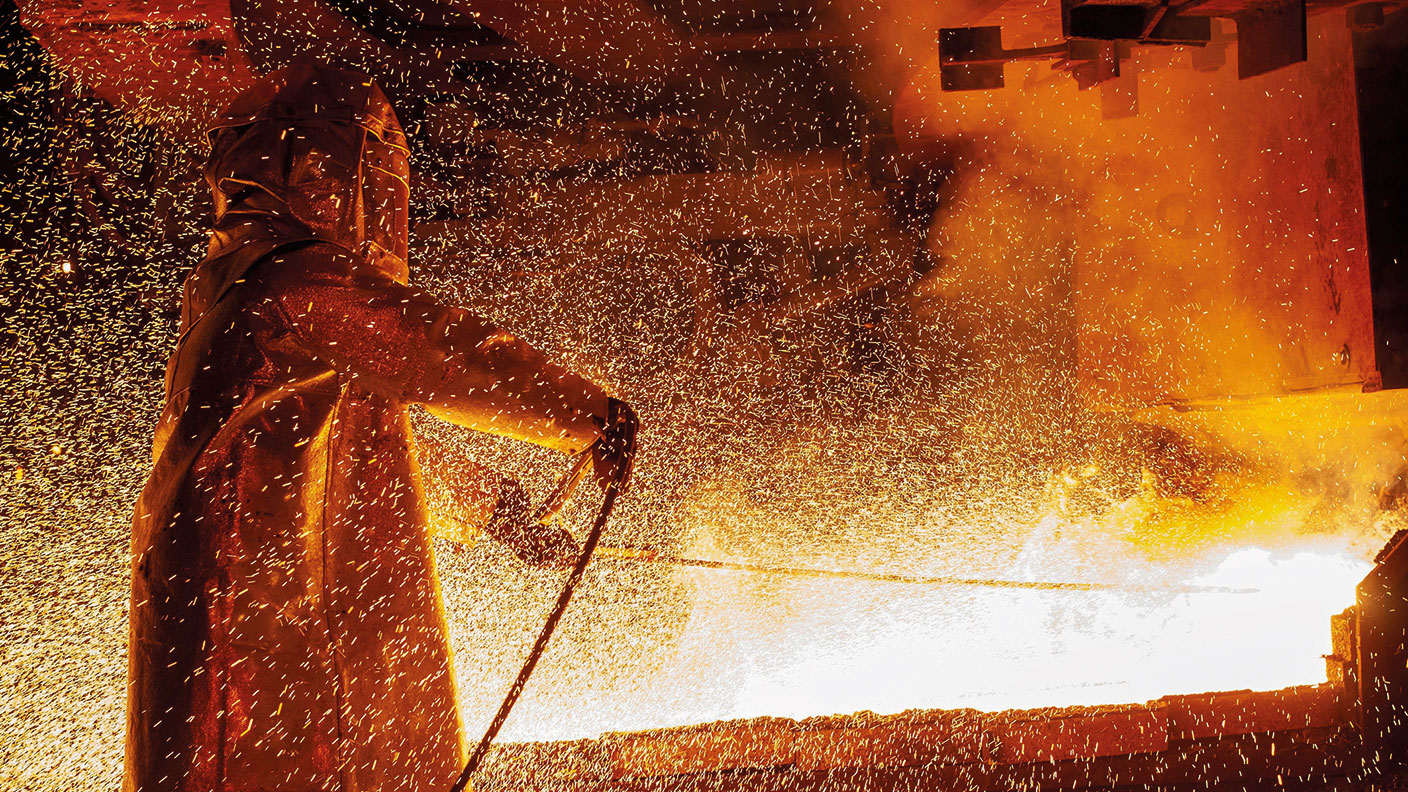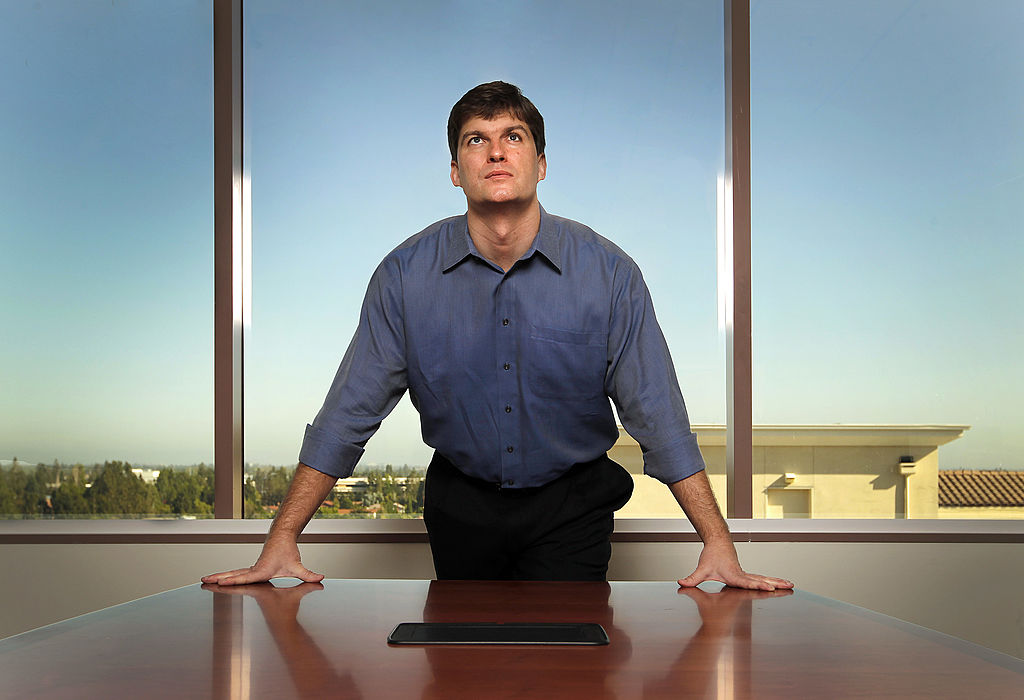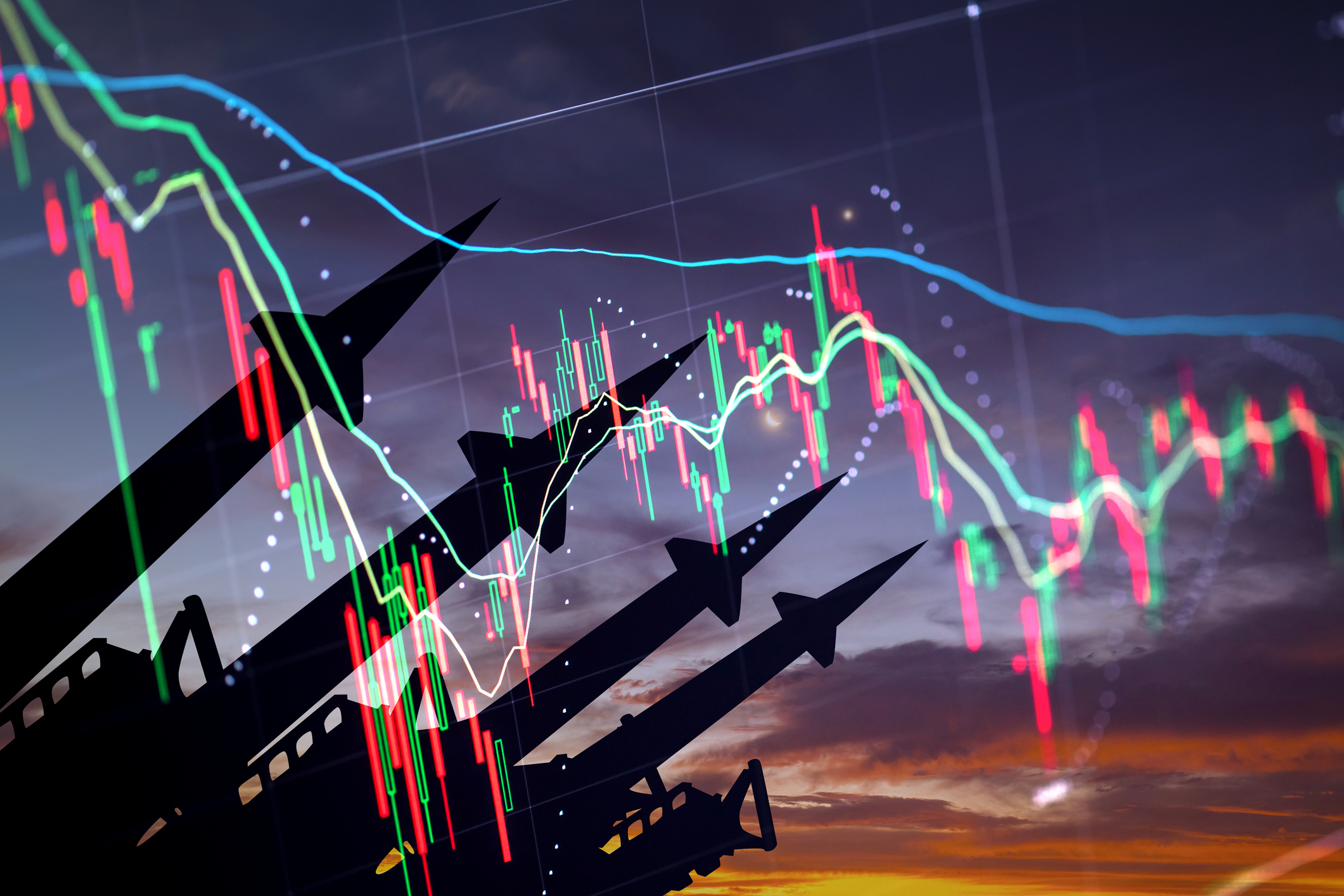Is the world at the start of a commodities supercycle?
Surging global demand has driven both copper and iron-ore prices to all-time highs.

Surging global demand for “appliances and electronic goods” during the pandemic has powered a boom in commodity prices, report Emily Gosden and Gurpreet Narwan in The Times. Copper and iron-ore prices have both hit all-time highs. The latter, used to produce steel, has more than doubled since early 2020, breaking through $200 a tonne for the first time ever. Brent crude oil is up by more than 30% so far this year.
A supercycle is a prolonged period of rising prices owing to structurally higher demand. The last one started after China’s accession to the World Trade Organisation in 2001 and lasted until the early 2010s.
Copper is white hot
Copper certainly looks to be heading for “a long bull market”, writes Andrew Bary in Barron’s. Decarbonisation means the world will need unprecedented amounts of copper wiring. An electric vehicle contains four times as much copper as an internal-combustion car.
MoneyWeek
Subscribe to MoneyWeek today and get your first six magazine issues absolutely FREE

Sign up to Money Morning
Don't miss the latest investment and personal finances news, market analysis, plus money-saving tips with our free twice-daily newsletter
Don't miss the latest investment and personal finances news, market analysis, plus money-saving tips with our free twice-daily newsletter
Onshore wind turbines likewise need “four times as much copper” per megawatt generated compared with traditional power plants. On the supply side, the “constraints in copper are the worst they have ever been”, says Chris LaFemina of Jefferies. Relatively little new supply is being added and it can take six to eight years to get a new mine up and running.
There are some signs of excess emerging, says Matt Egan for CNN Business. US steel prices have tripled this year to hit a record high: many mills stopped running last year, creating a “huge shortage”. Yet with the prospects for demand for steel unclear, some analysts think things will “end in tears”.
Not all industrial metals are “glowing white hot”, says Andy Home for Reuters. Zinc is up by 9% so far this year; lead 10%. That makes them comparative laggards: copper has more than doubled since its Covid-19 lows last year. Neither zinc nor lead is likely to benefit from the push to go green. Indeed, lead’s exposure to the car market could see it lose out. The two metals are likely to be left behind again, just as they were during the last supercycle.
The jury is still out on whether the commodity bump is the start of a supercycle or just post-pandemic normalisation, says Tom Stevenson in The Daily Telegraph. Fully fledged supercycles are rare: there have been just four in the last 150 years. But when one gets going it can “last for years”. The “green metals” (copper, nickel, aluminium, platinum) certainly have a good shot. Governments are encouraging green energy. One-third of Joe Biden’s “Jobs Plan” will be spent on “transport infrastructure” and electric vehicles. Raw-materials stocks tend to pay handsome dividends that compound over time. A prolonged boom could “make a generation of investors rich”.
Get the latest financial news, insights and expert analysis from our award-winning MoneyWeek team, to help you understand what really matters when it comes to your finances.
Alex is an investment writer who has been contributing to MoneyWeek since 2015. He has been the magazine’s markets editor since 2019.
Alex has a passion for demystifying the often arcane world of finance for a general readership. While financial media tends to focus compulsively on the latest trend, the best opportunities can lie forgotten elsewhere.
He is especially interested in European equities – where his fluent French helps him to cover the continent’s largest bourse – and emerging markets, where his experience living in Beijing, and conversational Chinese, prove useful.
Hailing from Leeds, he studied Philosophy, Politics and Economics at the University of Oxford. He also holds a Master of Public Health from the University of Manchester.
-
 London claims victory in the Brexit wars
London claims victory in the Brexit warsOpinion JPMorgan Chase's decision to build a new headquarters in London is a huge vote of confidence and a sign that the City will remain Europe's key financial hub
-
 The reinvention of the high street – and how to invest
The reinvention of the high street – and how to investThe high street brands that can make shopping and leisure an enjoyable experience will thrive, says Maryam Cockar
-
 London claims victory in the Brexit wars
London claims victory in the Brexit warsOpinion JPMorgan Chase's decision to build a new headquarters in London is a huge vote of confidence and a sign that the City will remain Europe's key financial hub
-
 Reinventing the high street – how to invest in the retailers driving the change
Reinventing the high street – how to invest in the retailers driving the changeThe high street brands that can make shopping and leisure an enjoyable experience will thrive, says Maryam Cockar
-
 The consequences of the Autumn Budget – and what it means for the UK economy
The consequences of the Autumn Budget – and what it means for the UK economyOpinion A directionless and floundering government has ducked the hard choices at the Autumn Budget, says Simon Wilson
-
 8 of the best houses for sale with electric vehicle charging
8 of the best houses for sale with electric vehicle chargingThe best houses for sale with electric vehicle charging – from a converted World War II control tower in Scotland, to a Victorian country house in Cumbria
-
 Big Short investor Michael Burry closes hedge fund Scion Capital
Big Short investor Michael Burry closes hedge fund Scion CapitalProfile Michael Burry rightly bet against the US mortgage market before the 2008 crisis. Now he is worried about the AI boom
-
 The global defence boom has moved beyond Europe – here’s how to profit
The global defence boom has moved beyond Europe – here’s how to profitOpinion Tom Bailey, head of research for the Future of Defence Indo-Pac ex-China UCITS ETF, picks three defence stocks where he'd put his money
-
 Profit from a return to the office with Workspace
Profit from a return to the office with WorkspaceWorkspace is an unloved play on the real estate investment trust sector as demand for flexible office space rises
-
 New frontiers: the future of cybersecurity and how to invest
New frontiers: the future of cybersecurity and how to investMatthew Partridge reviews the key trends in the cybersecurity sector and how to profit